Production capacity
Production capacity
Die Produktionskapazität ist ein zentraler Begriff in der Welt der Stahlproduktion und des Stahlhandels. Sie steht für den maximal möglichen Output, den eine Produktionsanlage oder ein Unternehmen erzeugen kann, ohne die Qualität des Produkts zu beeinträchtigen.
Wie wird die Produktionskapazität gemessen?
Die Produktionskapazität wird in der Regel als Menge pro Zeiteinheit ausgedrückt. Im Kontext der Stahlproduktion wird sie oft in Tonnen pro Jahr angegeben. Die Messung erfolgt auf der Basis der technischen Eigenschaften der Produktionsausrüstung und der verfügbaren Ressourcen, einschließlich Arbeitskräfte, Rohstoffe und Energie.
Warum ist die Produktionskapazität wichtig?
Die Produktionskapazität ist ein entscheidender Faktor für die Rentabilität eines Unternehmens in der Stahlindustrie. Sie bestimmt, wie viele Aufträge ein Unternehmen annehmen und erfüllen kann und beeinflusst somit den Umsatz und den Gewinn. Eine hohe Produktionskapazität kann zudem dazu beitragen, die Kosten pro produzierte Einheit zu senken, da Fixkosten auf eine größere Produktionsmenge verteilt werden.
Was beeinflusst die Produktionskapazität?
Verschiedene Faktoren können die Produktionskapazität eines Unternehmens beeinflussen. Dazu gehören technische Fragen wie die Art der Produktionsausrüstung und die Qualität der Rohstoffe, organisatorische Aspekte wie Arbeitszeiten und Schichtpläne sowie externe Bedingungen wie Nachfragefluktuationen oder Rohstoffknappheit.
Die Rolle der Produktionskapazität im Stahlhandel
Im Stahlhandel ist die Produktionskapazität eines Lieferanten ein wichtiger Bestimmungsfaktor für den Preis und die Liefertermine. Lieferanten mit hoher Produktionskapazität können in der Regel günstigere Preise anbieten und schneller liefern. Die Kenntnis der Produktionskapazitäten von Lieferanten ist daher für Stahlhändler von großer Bedeutung.
Blog Posts with the term: Production capacity
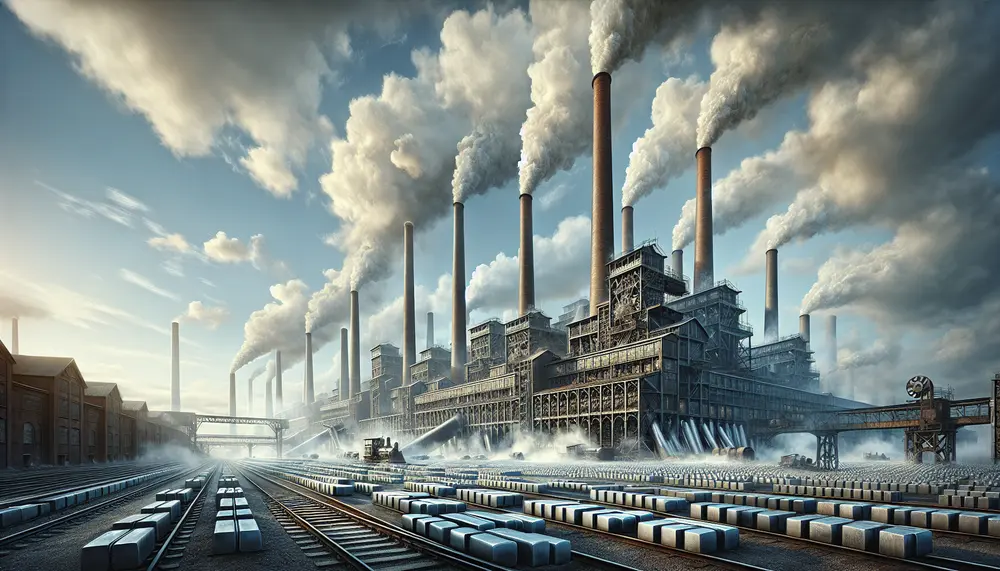
Steel production is vital in Anno 1800, requiring a strategic layout of mines and factories to efficiently transform iron ore into steel beams and weapons. Optimizing the placement and synchronization of these facilities ensures a smooth industrial operation essential for...
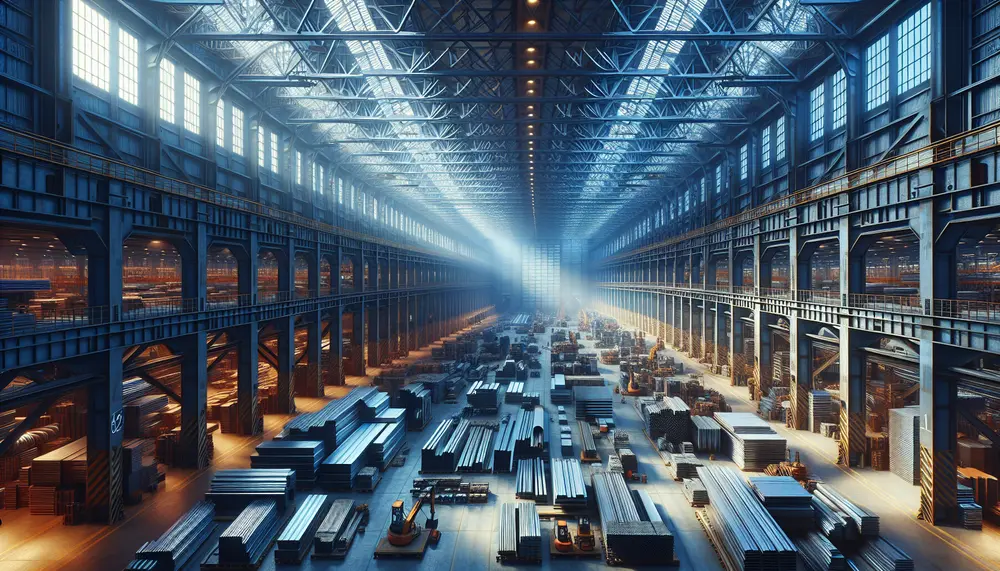
Nigeria's steel production industry is crucial for its industrial development, with potential to become a major producer due to iron ore deposits. However, the sector faces challenges such as small-scale operations and requires strategic solutions for sustainable growth. The evolution...
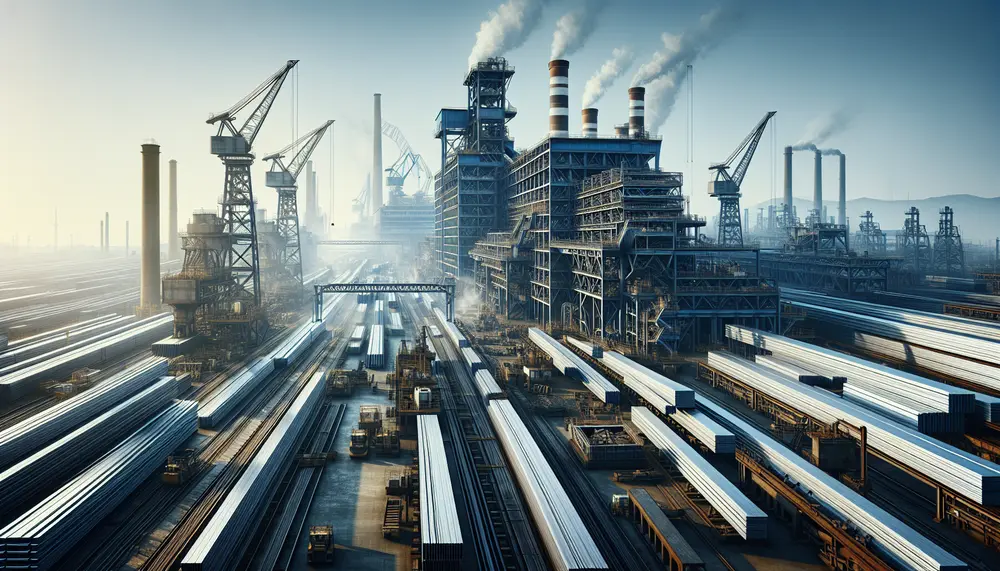
The African steel industry is growing and diverse, with varying levels of resource availability and technological sophistication across countries. It plays a crucial economic role by stimulating growth in other sectors, creating jobs, contributing to GDP, reducing import dependency, and...
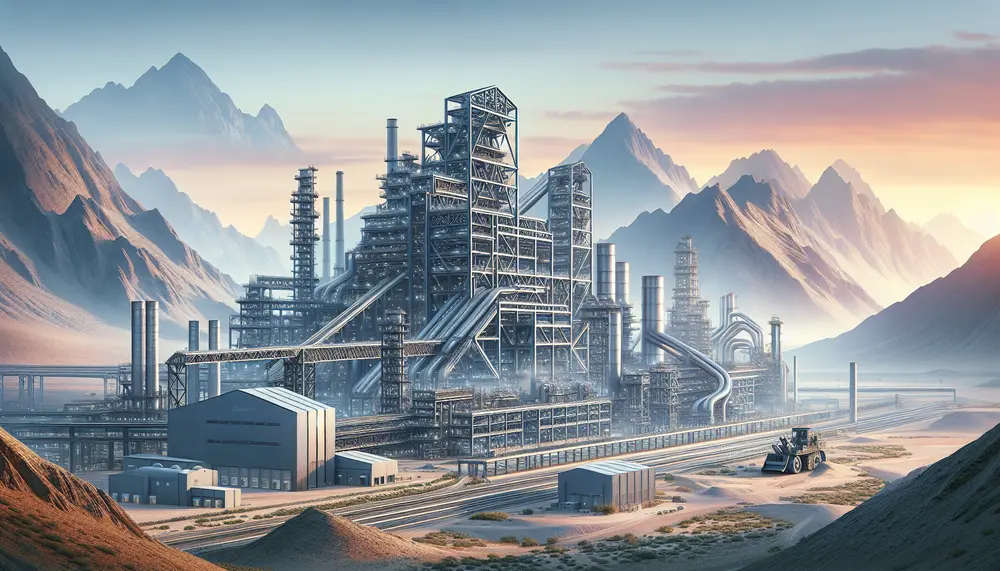
Oman's steel production has seen significant growth, contributing to the nation's GDP and infrastructure development. Strategic expansions have increased capacity to over 2.4 million tons, with key players like Muscat Steel Industries Co. LLC driving this dynamic sector forward through...
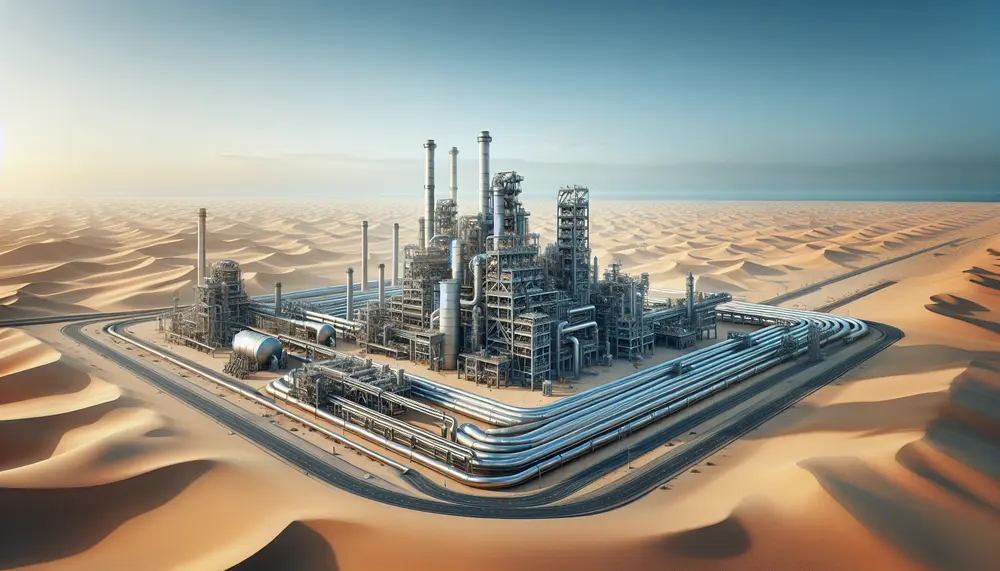
Kuwait's steel production is on the rise due to government initiatives, modernized facilities, and strategic location for trade. This growth supports economic diversification and attracts investment but also raises concerns about environmental impact and resource usage....
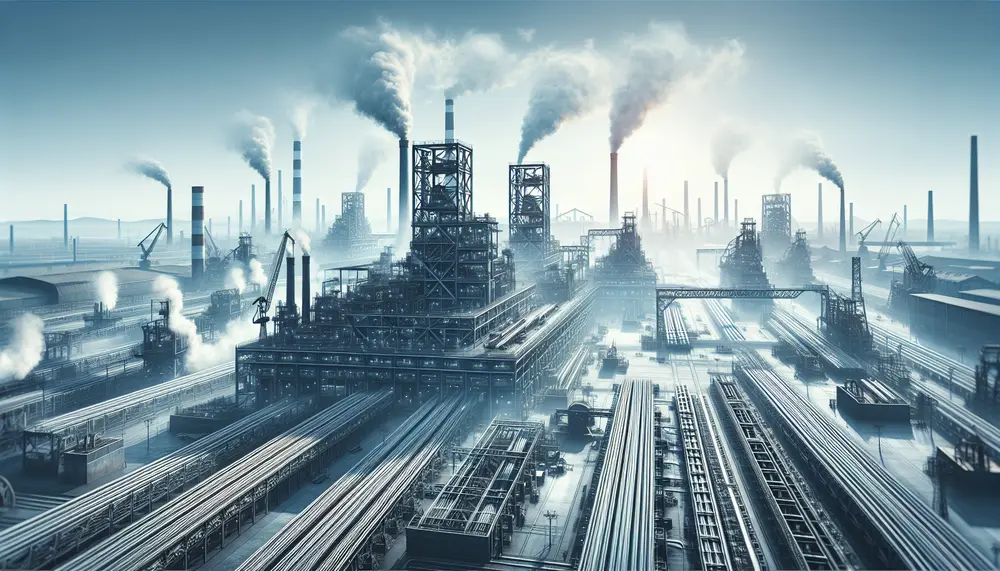
Steel production in the United States varies by state, reflecting unique resources, workforce skills, and industrial strategies; key states like Indiana, Pennsylvania, Texas, and Ohio lead due to factors such as natural resource availability and technological innovation. Mini-mills have revolutionized...
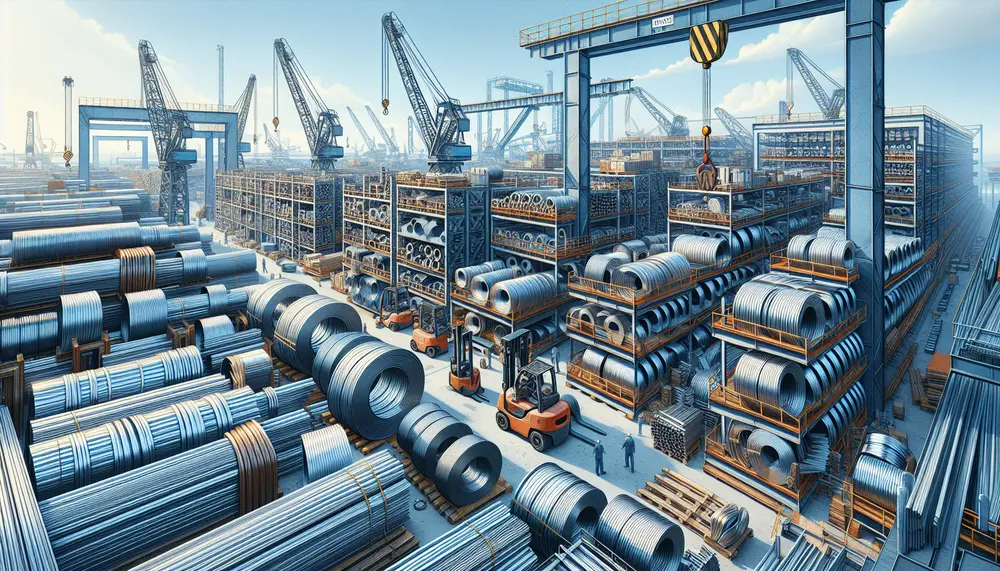
The global steel industry is a critical component of modern infrastructure and economic growth, with production levels indicative of a country's development stage. China dominates the market as the largest producer, while other key nations like Japan, Germany, and India...
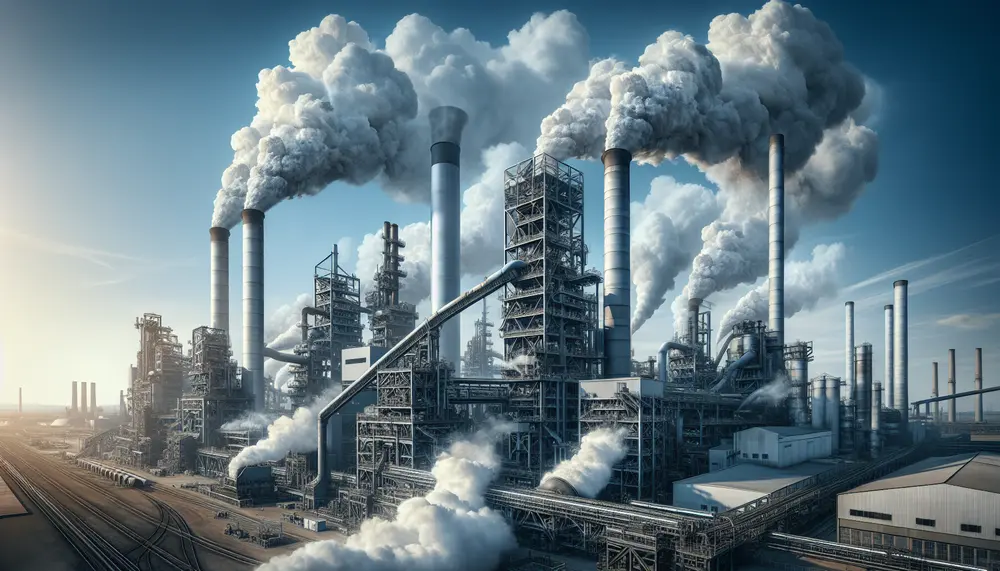
The global steel production landscape is a complex network essential for various industries, influenced by factors like raw material availability and technological advancements. China leads in output with other key players being India, Japan, and the US; sustainability efforts are...
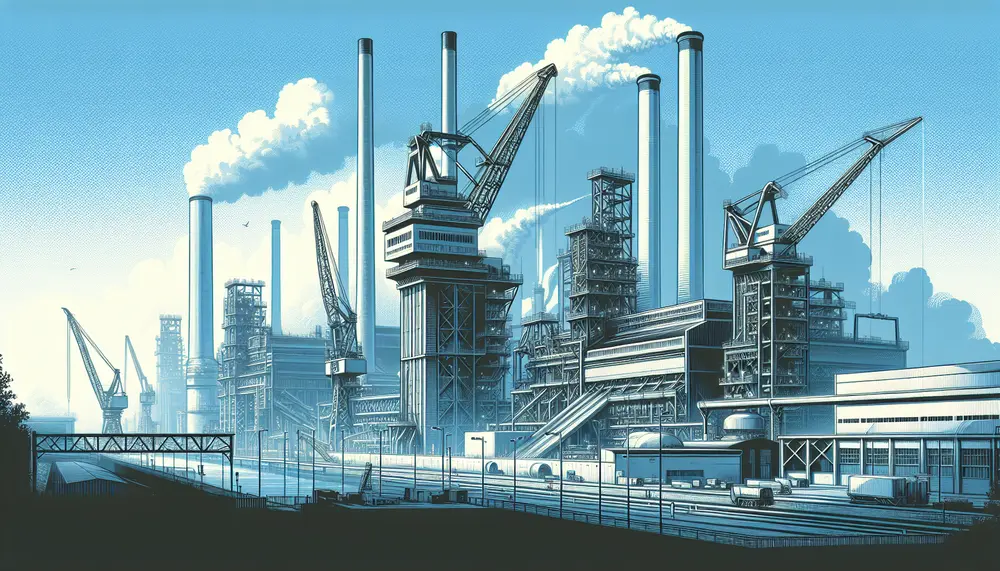
Steel production is a fundamental aspect of Luxembourg's economy, driving innovation, job creation, and international trade while shaping the nation’s industrial landscape. The industry has evolved through technological advancements and sustainability efforts to maintain its relevance in the global market....
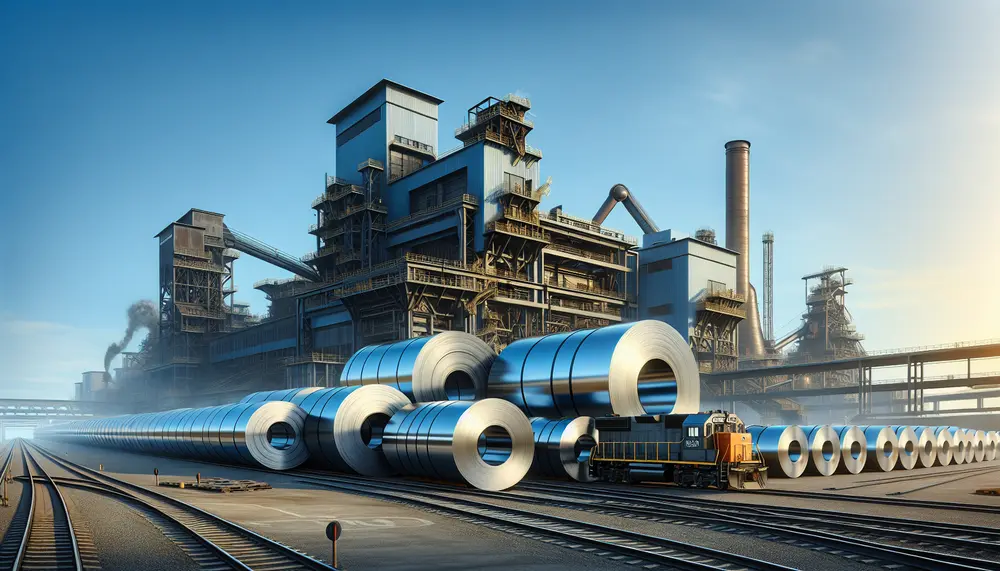
Romania's steel industry, led by LIBERTY Galati, is a key European player with strategic investments in technology and sustainability. The sector faces challenges like environmental impact but contributes significantly to the economy and innovation, aiming for carbon neutrality by 2030....
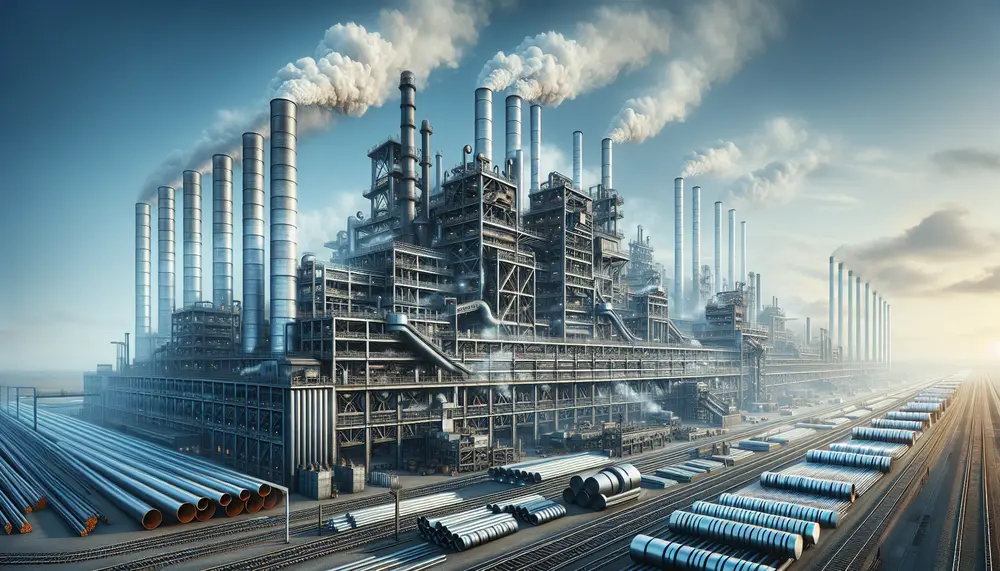
Steel was crucial in World War II, serving as the backbone for military equipment and influencing nations' industrial might. The escalation of steel production played a pivotal role in the Allied victory, with advancements in technology and massive job creation. Steel's...
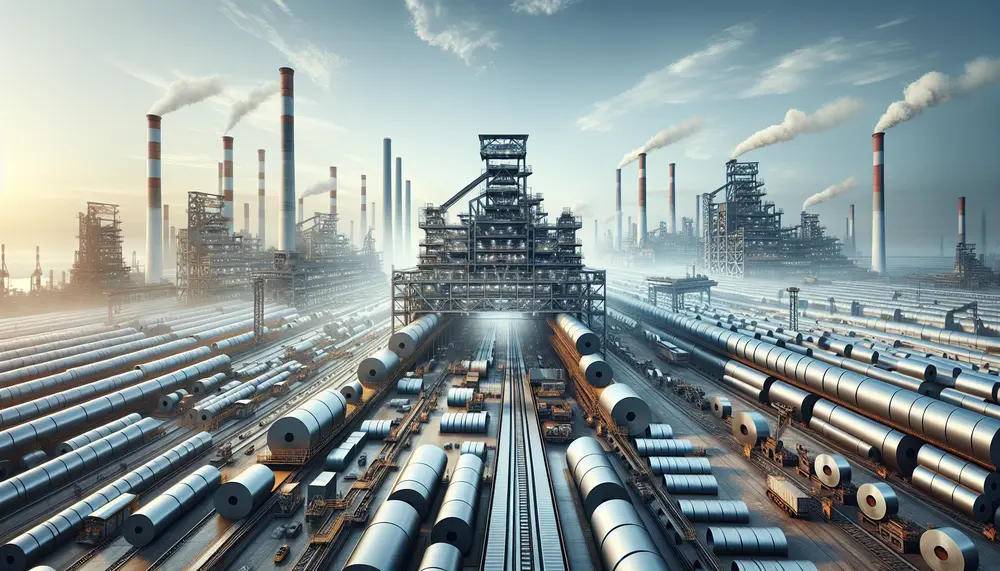
South Korea is a key player in the global steel market, known for its production capacity, innovation, and high-quality specialty steels. The industry's economic impact on Korea includes job creation and skill development while driving foreign investment and technological advancement;...
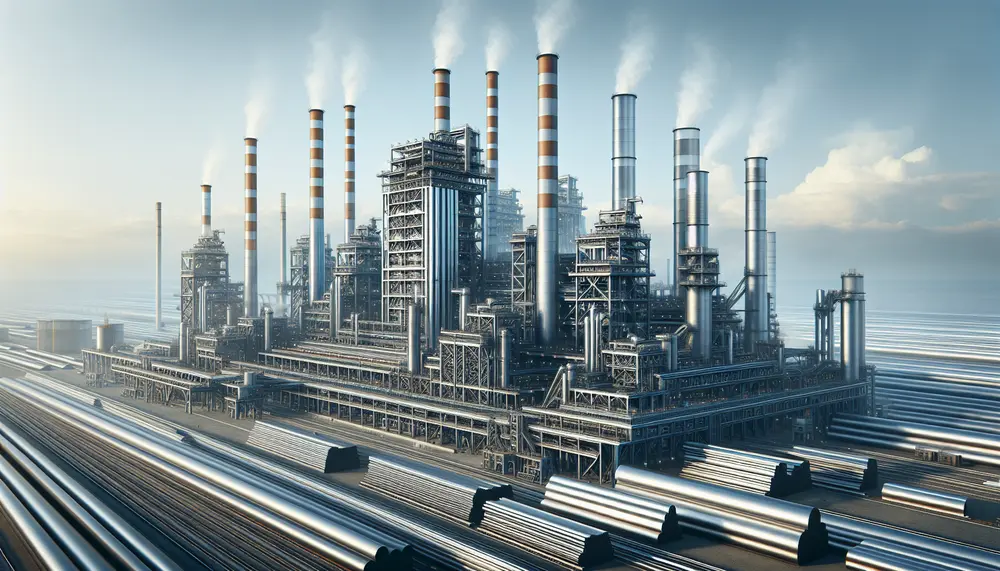
China is the world's largest steel producer, with a focus on infrastructure and domestic industries driving substantial growth in its production capabilities. The country has shifted towards higher-value-added products, modernization, and global expansion through foreign investments to maintain dominance in...
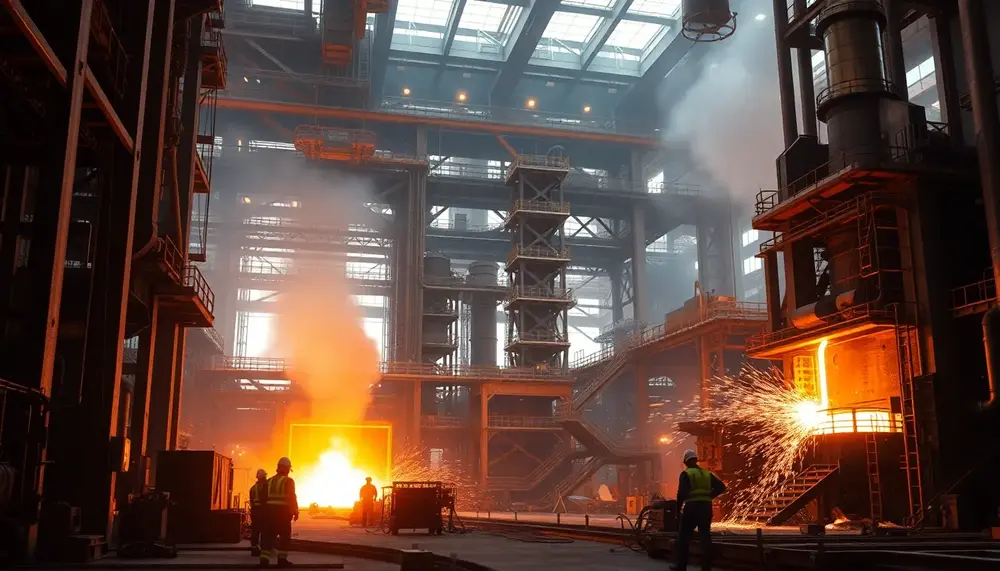
The global steel industry, vital for infrastructure and economic development, is evolving in 2023 through innovation, sustainability efforts, and fierce competition. Dominated by China with six of the top ten producers, the sector highlights strategic growth driven by technological advancements...
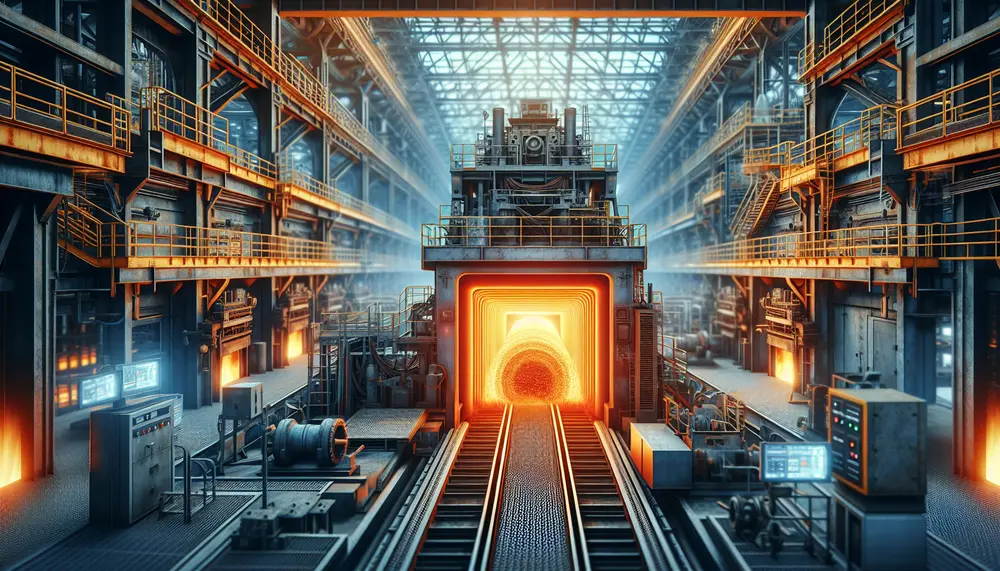
Induction furnaces have transformed steel making with their efficiency, versatility, and reduced environmental impact compared to traditional fossil fuel-based furnaces. They use electromagnetic induction for heating metals precisely and quickly, offering benefits like energy savings, improved productivity, metallurgical control, scalability,...
